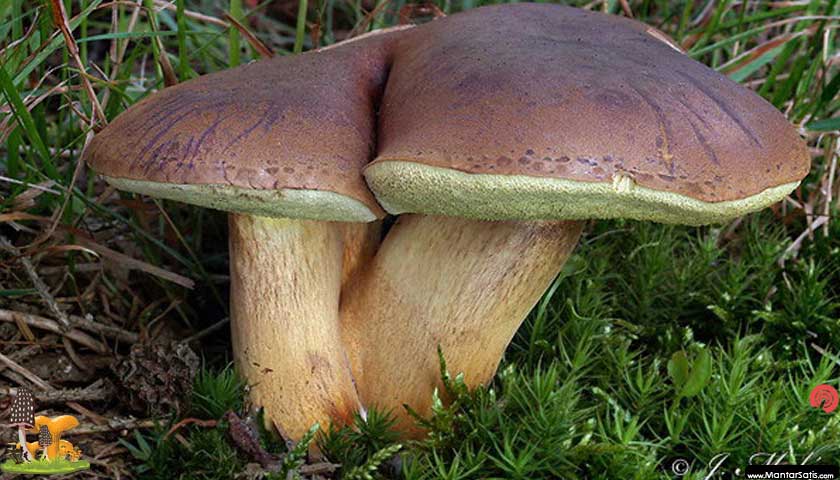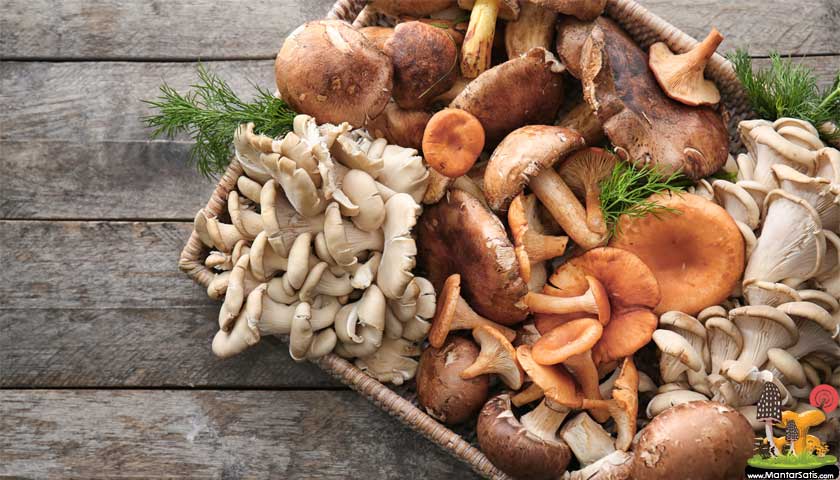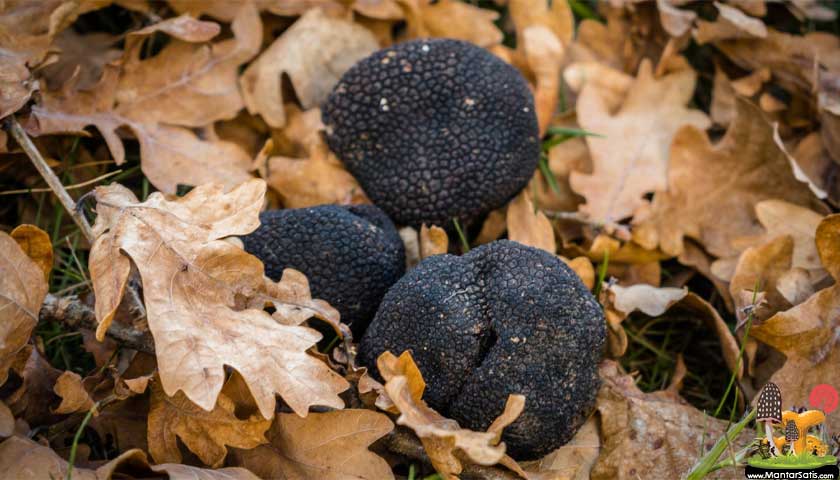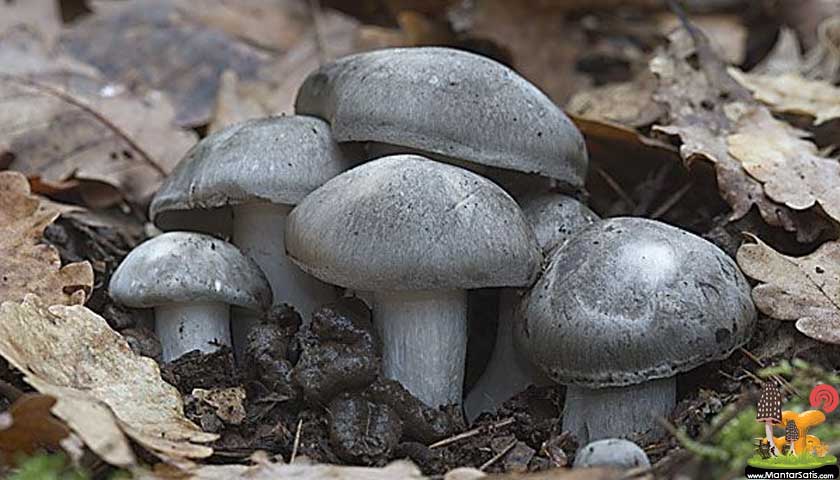Doru renkli mantar, Boletus badius
Boletus badius ve bilinen yaygın Avrupa ve Kuzey Amerika da bolca yetişen, mantar gözenekli olan olarak Doru Renkli Mantar olarak bilinen bir yenilebilir bir mantar türüdür. Çoğu zayıf bir (Çörek mantarı) olarak ilişkilidir, yine de son derece Antonio Carluccio gibi bazı yazarlar tarafından hoş karşılanmaz.
Doru Renkli Mantar neredeyse küçük örneklerinin genişletmek ve 18 cm için dışarı düzleştirme önce küresel bir koy veya kestane renkli kap, gelen onun genel adı (Bay Şeytan) gelmektedir. Soluk sarı üzeresiniz krem, gözenekleri ama mavi zaman çürük veya kesip leke. Eti beyaz ve mavi lekeleri soluktur. Kök kadar 12,5 cm ve renkte kap ama solgun benzer olmaktır. Göründüğü az diğer boletes daha kurtçuklar etkilenmez
Bay Bolete Avrupa ve Kuzey Amerika karışık ormanlık Doğu Kanada batıdan Minnesota ve Kuzey Carolina güneyinde için sonbaharda sık görülür.
Imleria badia, commonly known as the bay bolete, is an edible, pored mushroom found in Europe and North America, where it grows in coniferous or mixed woods on the ground or on decaying tree stumps, sometimes in prolific numbers. Both the common and scientific names refer to the bay- or chestnut-coloured cap, which is almost spherical in young specimens before broadening and flattening out to a diameter up to 15 cm (6 in). On the cap underside are small yellowish pores that turn dull blue-grey when bruised. The smooth, cylindrical stipe, measuring 4–9 cm (1 1⁄2–3 1⁄2 in) long by 1–2 cm (1⁄2–3⁄4 in) thick, is coloured like the cap, but paler. Some varieties have been described from eastern North America, differing from the main type in both macroscopic and microscopic morphology.
First described scientifically by Elias Fries in 1818, the bay bolete was reclassified as Xerocomus badius in 1931, and it is still listed thus in several sources. Modern molecular phylogenetic studies show Xerocomus to be polyphyletic (not descended from a common ancestor), and the bay bolete is not particularly closely related to species in that genus. Often considered a poor relation of the cep (Boletus edulis), I. badia is nevertheless regarded as a choice edible mushroom by some authors, such as food expert Antonio Carluccio, and is sold in markets in Europe and central Mexico. Its mushrooms are less often infested by maggots than other boletes. Several European studies have demonstrated that the mushroom can bioaccumulate some trace metals from the soil, such as mercury, cobalt, and nickel. Additionally, the mushroom contains a pigment that concentrates radioactive caesium; specimens collected in Europe following the 1986 Chernobyl disaster contained several times more caesium-137 than those collected before the incident.




